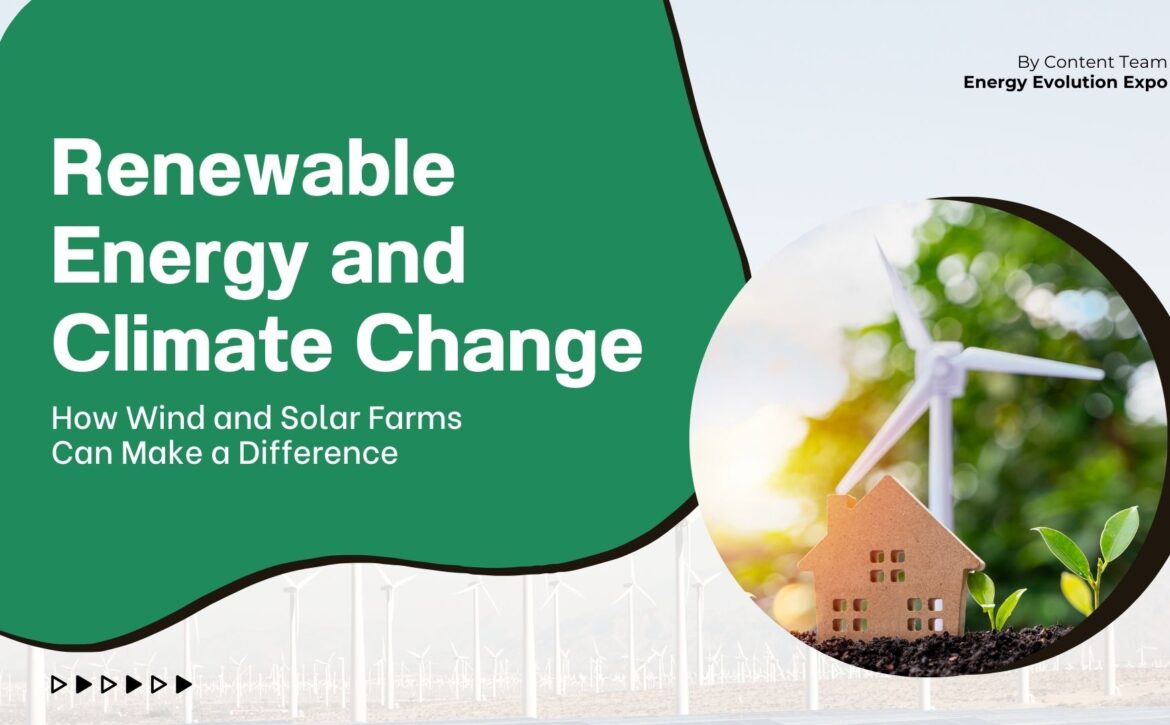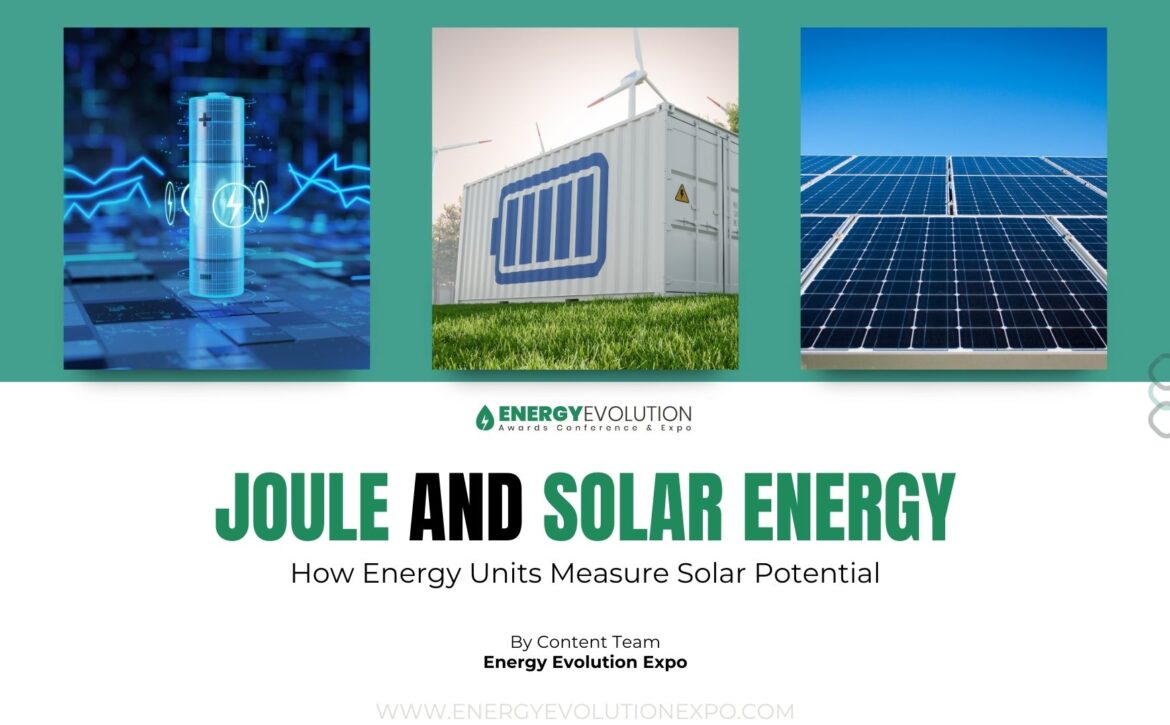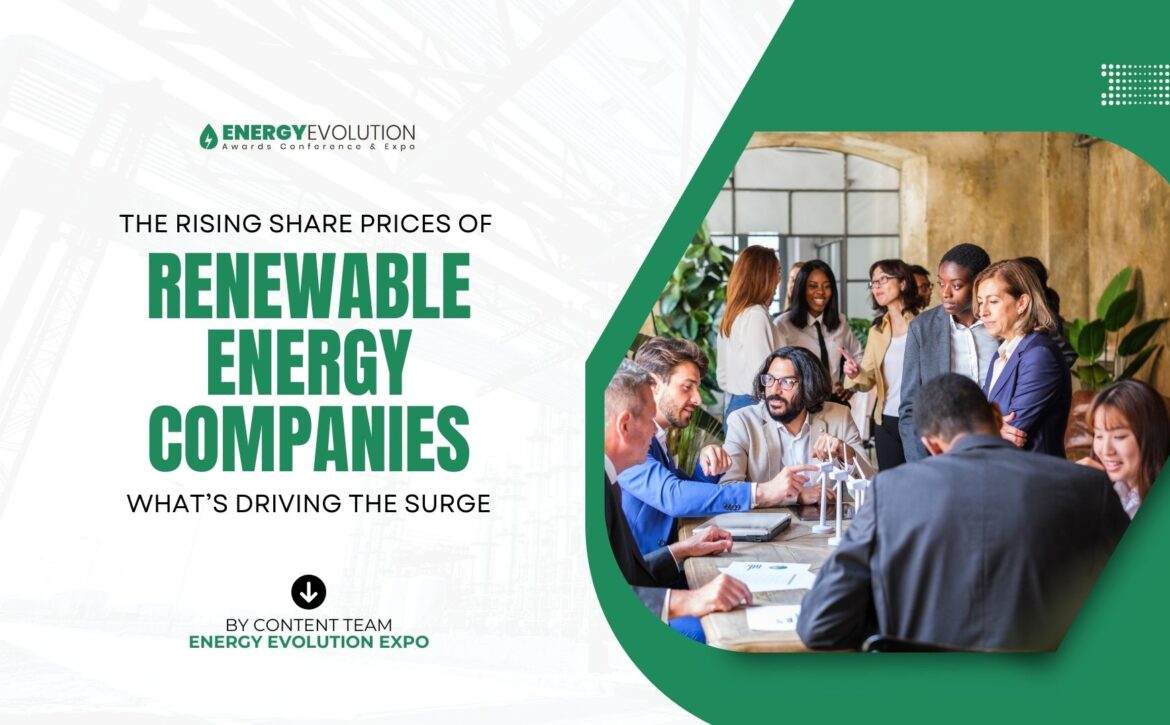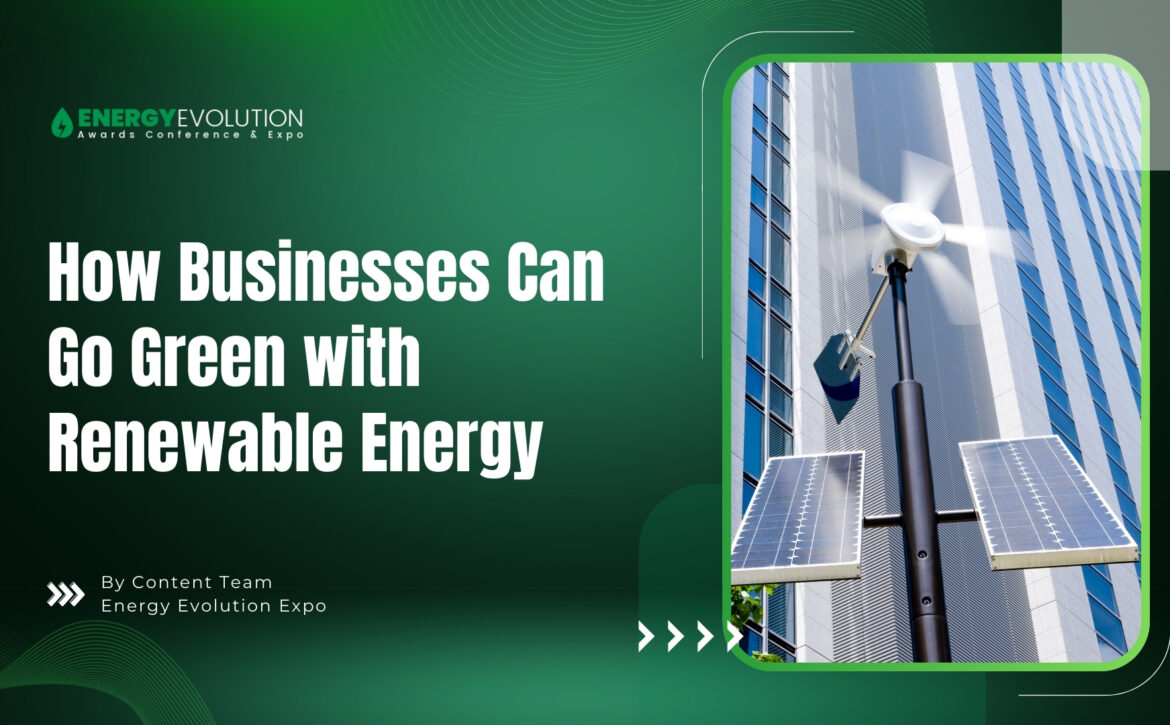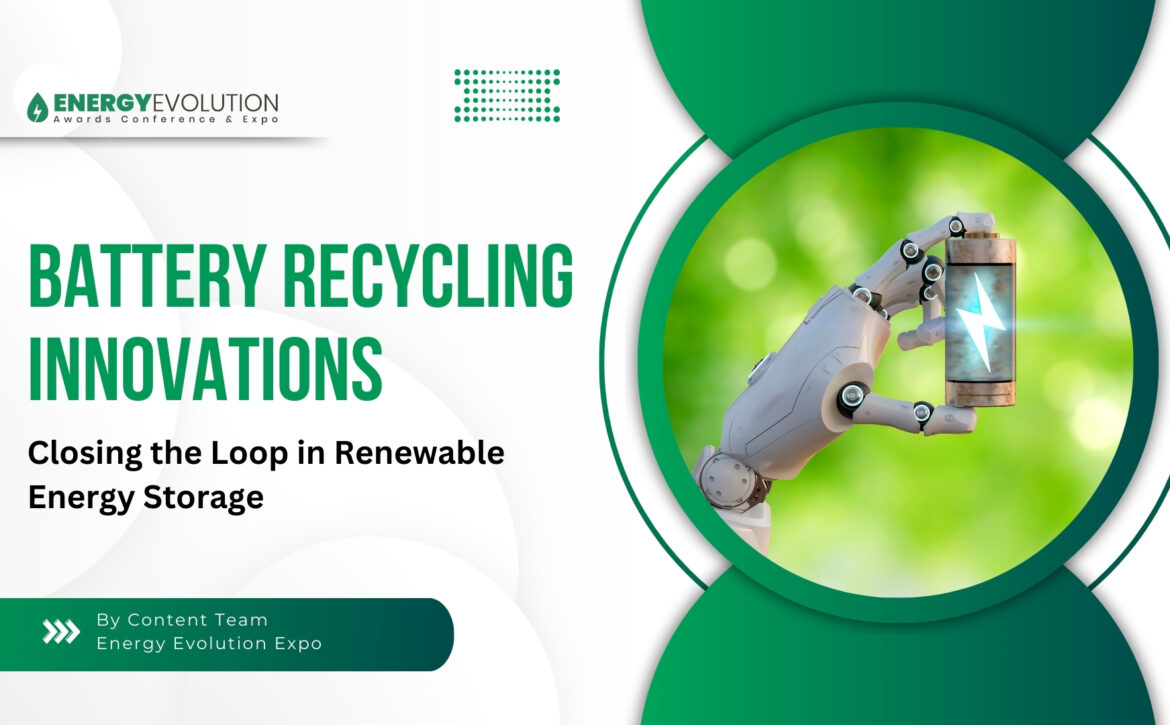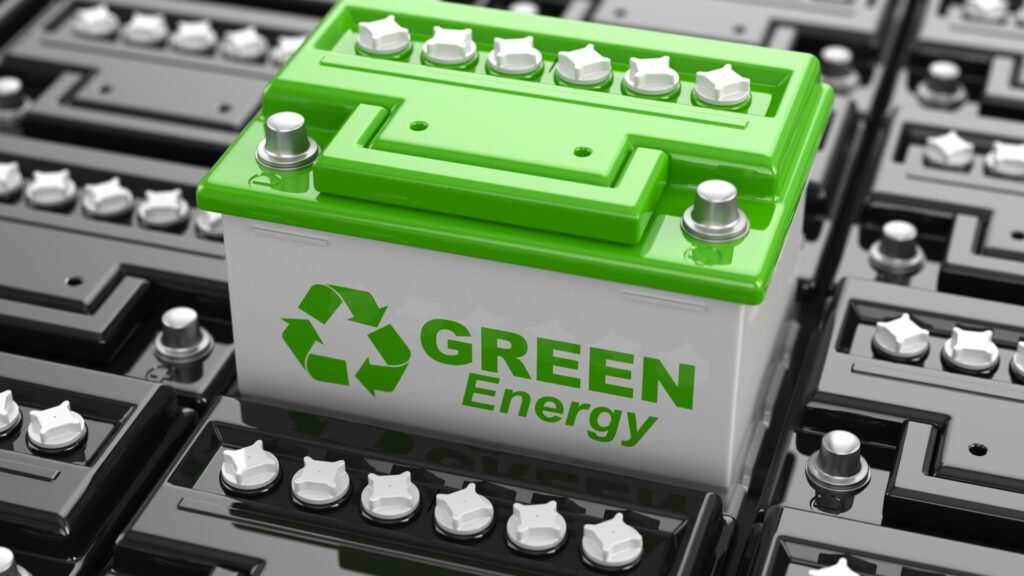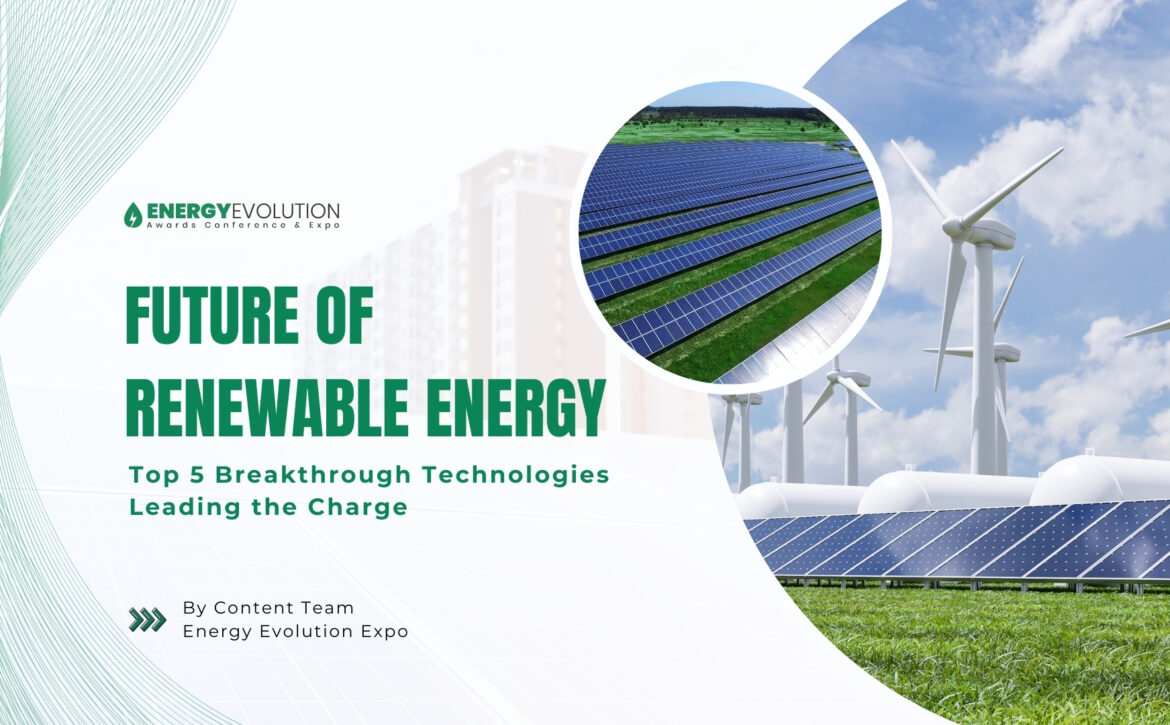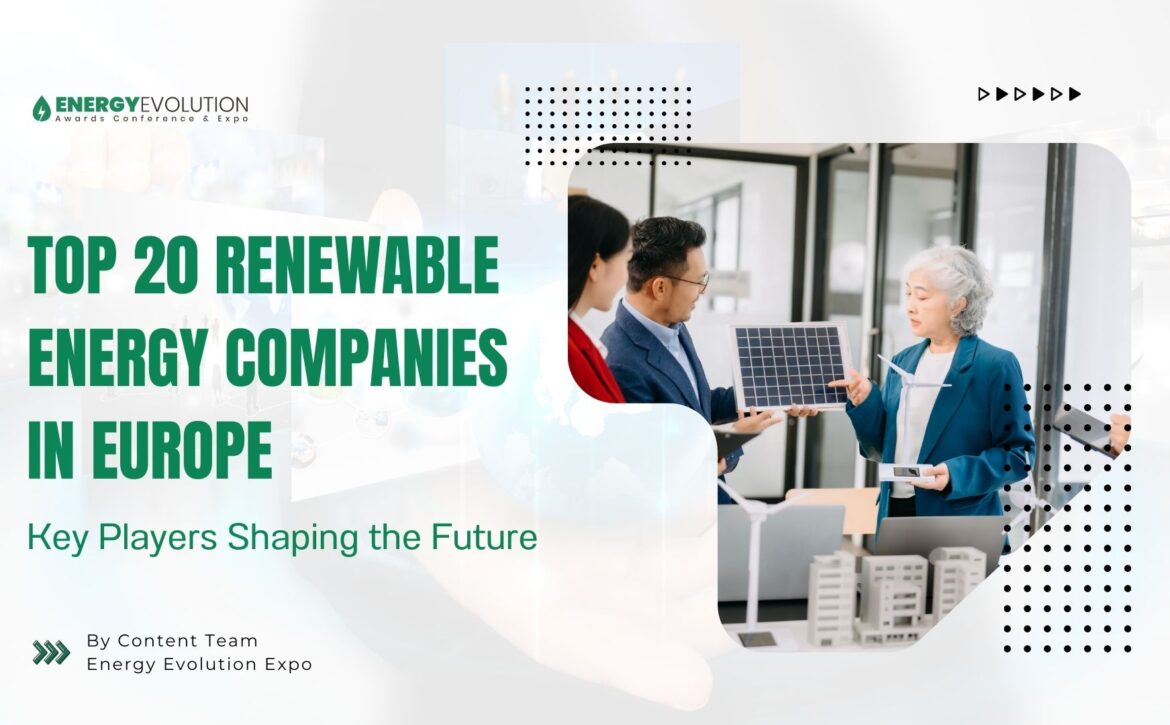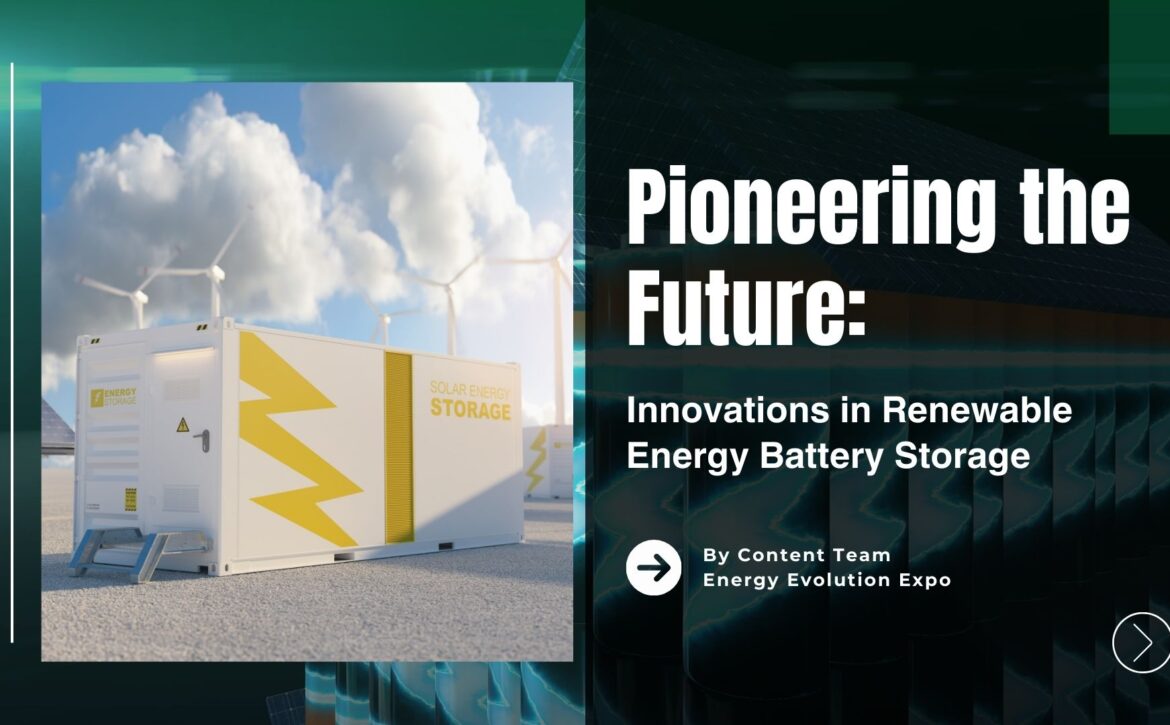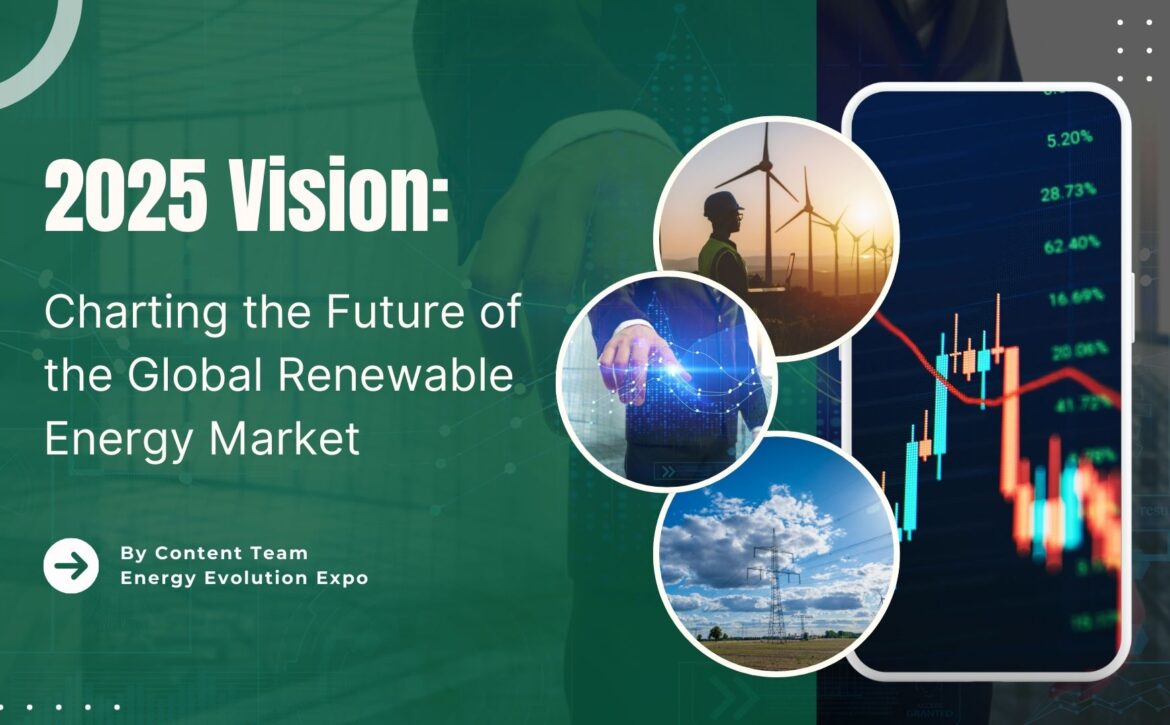Renewable energy is derived from natural processes that replenish faster than they are consumed, such as solar, wind, and hydro power. It’s gaining popularity due to environmental concerns about fossil fuels, technological advancements that reduce costs, and the desire for energy security.
Governments are supporting this shift with policies and incentives, and public demand for sustainable options is rising. Additionally, the renewable energy sector is creating economic benefits through job creation and investment opportunities. Key trends include increased investment, improved grid integration, microgrids, and innovations in energy storage. Following are the top 10 currently running Renewable Energy Trends
10 Renewable Energy Trends in 2025
10 Renewable Energy Trends in 2025
1. Advanced Photovoltaics
The future of solar energy is in advanced photovoltaic (PV) systems that seamlessly integrate with our environments while minimizing additional land use. Innovative trends include integrated PV, floatovoltaics, and agrivoltaics. Emerging startups are developing thin-film cells that make solar panels flexible, lightweight, cost-effective, and environmentally friendly.
To enhance PV performance, companies are utilizing technologies like mirrors and lenses to concentrate solar power. Advances in PV materials, particularly perovskite, are significantly boosting energy conversion rates. These innovations are paired with photovoltaic designs focused on maximizing efficiency and productivity, promoting sustainability through recycling, minimal resource utilization, and the use of alternative materials.
Lusoco: Luminescent Solar Concentrators a Dutch startup Lusoco is pioneering luminescent solar concentrator technology. Using high refractive index materials such as glasses and polymers alongside fluorescent ink, Lusoco’s technology concentrates light to the edges where thin-film solar cells are placed. Additionally, the fluorescent coating emits light at night, enabling self-sustainable signages. This solution is not only energy-efficient but also aesthetically pleasing, making it ideal for use in automotive applications, signages, and interior design.
Beyond Silicon: Perovskite-on-Silicon Tandem Cells, a US-based startup, is pushing the boundaries of traditional silicon solar cells with its perovskite-on-silicon tandem cells. These bifacial modules generate more power than conventional systems and can be used as drop-in replacements for existing silicon PV module manufacturing processes. This allows PV manufacturers to produce and sell high-efficiency modules, enhancing profitability and reducing system costs.
2. AI and Big Data
The complexity of the energy grid demands real-time decision-making, a capability enabled by big data and AI algorithms. Beyond grid analytics and management, AI applications in renewables include power consumption forecasting and predictive maintenance.
AI further enables the Internet of Energy (IoE) applications that predict grid capacity and facilitate time-based autonomous trading and pricing. Innovations in cloud computing and virtual power plants (VPP) are supplementing utility power generation. Startups are leveraging data analytics and machine learning for designing renewable energy models and performance analysis.
Likewatt: Energy Parameter Analysis, a German startup Likewatt has developed Optiwize, a patented software solution that uses machine learning for energy parameter analysis. Optiwize calculates historical power consumption and carbon dioxide emissions, featuring renewable energy audits and weather forecasting. This allows consumers to observe real-time consumption patterns and enables power producers to hybridize different technologies and optimize load sizing.
Resonanz: Intelligent Energy Trading, a German startup, facilitates automated intelligent energy trading. Their software tools, rFlow and rMind, manage data in real-time to create autonomous algorithmic decisions. The rDash interface visualizes production forecasts, market price indicators, and accounting data to aid decision-making. These products enable market participants to increase their share of sustainable energy and returns simultaneously.
3. Distributed Energy Storage Systems
Distributed Energy Storage Systems (DESS) localize renewable energy generation and storage, addressing production irregularities. Startups offer various battery and batteryless solutions based on economic and other requirements. For instance, flow batteries provide low and consistent energy, while solid-state batteries offer high energy density and are lightweight. Capacitors and supercapacitors are used for applications requiring large energy amounts quickly.
Addressing concerns about discharging, safety, and environmental pollution, startups are developing batteryless storage alternatives like pumped hydro and compressed air technologies. Surplus energy can also be converted to other forms, such as heat or methane, through Power-to-X (P2X) technology.
Green-Y Energy: Mechanical Energy Storage, A Swiss startup Green-Y Energy specializes in compressed air energy storage technology. By increasing energy density and doubling heat and cold extraction, the startup reduces required storage volume while providing domestic heating and cooling. The process is sustainable, using only water and air as working fluids. Compressed air is stored in durable, inexpensive commercial pressure tanks, making it easy for building managers and homeowners to integrate renewable energy systems.
MGA Thermal: Thermal Energy Storage Material an Australian startup that enables thermal energy storage with its Miscibility Gap Alloys. These materials store energy in a melting phase and distribute it rapidly in a solid phase. The modular block structure exhibits high energy storage capacity at a constant temperature, and the materials are recyclable, safe, and affordable. This solution offers large-scale storage potential, enabling renewable energy utility companies to provide continuous electricity even during peak hours.
4. Hydropower
Hydropower, derived from moving water, is a reliable and predictable energy source. Innovations in this sector focus on energy converters and component improvements to harvest energy more efficiently. Small-scale hydroelectric dams and tidal barrages support decentralized energy generation, while ocean thermal energy conversion (OETC) harnesses energy from thermal gradients between surface and deep water. Some startups are also converting the salinity gradient from osmotic pressure differences between seawater and rivers into usable energy.
Seabased: Modular Wave Energy Converters (WECs), an Irish startup has developed modular wave energy converters. These buoys are connected to linear generators on the seabed, converting wave energy into electric power. The startup’s patented switchgear converts this power for grid use. Seabased’s WECs can withstand harsh seas, enabling flexible wave park expansion with high efficiency, offering an alternative or hybrid solution to wind energy for offshore companies and local coastal communities.
Green Energy Development (GED) Company: Microturbines, an Iranian startup GED Company designs microturbines for distributed hydroelectric generation from water streams like canals and rivers. Their floating drum turbine (FDT) consists of an undershot waterwheel floating on the stream, producing electricity as the stream rotates it. This low-cost, efficient solution ensures reliable distributed generation, supporting electrification in remote and underdeveloped areas.
5. Wind Energy
Wind energy remains a dynamic sector with innovations in offshore and airborne wind turbines reducing land demand. These innovations often integrate with other energy sources like floating wind turbines, solar, or tidal energy. Advances in aerodynamic blade designs, efficient generators, and turbines are improving energy conversion. To address sustainability challenges, startups are developing bladeless technologies and recyclable thermoplastic materials for blades.
Hydro Wind Energy: Hybrid Hydro-Wind System. With operations in the UAE, UK, and US, Hydro Wind Energy provides a hybrid energy system. Their product, OceanHydro, uses kites or vertical axis wind rotors to harness offshore wind energy, combined with subsea oceanic pressure to produce low-cost electrical energy and grid-scale storage. This hybrid solution offers more reliability than offshore wind energy systems, allowing energy companies to maintain a continuous and higher base load for the grid.
Helicoid: Enhanced Wind Blade Quality, a US-based startup Helicoid enhances wind blade quality by altering the stacking and rotation of parallel fiber sheets to form a helicoid structure. These blades exhibit higher resistance to impact, erosion, and fatigue, with increased strength and stiffness. This reduces maintenance and downtime costs, providing sustainable and energy-efficient blades for large-scale windmills.
6. Bioenergy
Bioenergy, derived from biomass sources, is a renewable energy type used in vehicles and other applications. Companies are improving biofuel processes and upgrade techniques to achieve gasoline-quality liquid biofuels. Conversion processes like hydrothermal liquefaction (HTL), pyrolysis, plasma technology, pulverization, and gasification use thermal conversion to obtain biofuels. Upgrade techniques like cryogenic, hydrate, in-situ, and membrane separation remove sulfur and nitrogen content.
Fermentation produces bioethanol, which blends directly with gasoline, converting waste, food grains, and plants into bio-ethanol. Energy-dense feedstocks like algal and microalgal are considered for these conversion processes to optimize fuel quality.
Phycobloom: Algal Bio-Oil, a British startup Phycobloom uses synthetic biology to produce bio-oil from algae. The genetically engineered algae release oil into the surroundings, making the process fast and inexpensive. Since algae require only air, water, and sunlight to grow, this technology closes the loop between greenhouse gas emissions and fuel production, reducing the transportation sector’s dependency on fossil fuels.
Bioenzematic Fuel Cells (BeFC): Paper-based Biofuel Cell, a French startup BeFC generates electricity using a paper-based biofuel cell system. Combining carbon electrodes, enzymes, and microfluidics, the system converts glucose and oxygen into electricity using a miniature paper material. Suitable for low-power applications like sensor data collection and transmission, this sustainable and non-toxic energy storage solution avoids the use of plastic and metal.
7. Grid Integration
Integrating renewable energy into the grid is crucial for effective distribution and stabilization. Challenges include energy losses due to the distance between generation sites and demand centers. Advanced technologies like Gallium Nitride (GaN) and Silicon Carbide (SiC) semiconductors help improve efficiency. Another issue is the fluctuation in energy supply from renewable sources, managed through microcontroller-based solutions and vehicle-to-grid (V2G) technologies. V2G allows electric vehicles to supply power back to the grid during peak times, while grid-to-vehicle (G2V) solutions use vehicles as mobile energy storage units.
Stem Combines AI with energy storage to automate energy cost savings for businesses and protect them from fluctuating rates, enhancing grid stability.
WeaveGrid optimizes electric vehicle (EV) charging for utilities by using EV charging data to help balance the grid, which is crucial for managing the variability of renewable energy.
Camus Energy offers a platform to help utilities manage and integrate renewable energy sources effectively, contributing to a more stable and resilient grid.
8. Green Hydrogen
Green hydrogen, produced using renewable energy like wind and solar, is essential for transitioning to a low-carbon economy. It has a high energy density and emits almost no greenhouse gases. Currently, most hydrogen is derived from fossil fuels, but advancements are making green hydrogen more feasible by improving electrolyzer efficiency and solving storage and transportation challenges.
Hysata developed an innovative electrolyzer that significantly lowers the cost of producing green hydrogen, making it more competitive with fossil fuels.
Electric Hydrogen focuses on large-scale production of green hydrogen to help decarbonize industries by reducing the costs associated with hydrogen production, storage, and distribution.
9. Advanced Robotics
Robotics enhance the efficiency of renewable energy production. Automated systems can precisely align solar panels and speed up maintenance tasks, reducing the need for human labor. Drones and robotic solutions improve safety and productivity by handling dangerous and repetitive tasks, such as inspecting wind turbines or cleaning solar panels.
AeroClean Technologies provides autonomous robots that use AI to clean solar panels, ensuring optimal performance without the need for manual labor.
SkySpecs utilizes drones equipped with AI to inspect and maintain wind turbines, detecting and diagnosing issues to increase safety and reduce repair downtime.
10. Blockchain
Blockchain technology is used in renewable energy to secure and optimize transactions. Smart contracts facilitate peer-to-peer (P2P) electricity trading, making energy markets more efficient and transparent. Blockchain also enhances grid security by encrypting data and helps track the chain of custody for grid materials, ensuring regulatory compliance and operational transparency.
Energy Web Foundation (EWF) develops blockchain-based platforms for energy transactions, enabling secure P2P trading and improving market transparency and efficiency.
Power Ledger uses blockchain to facilitate energy trading and grid management, allowing consumers to trade excess renewable energy and helping utilities manage supply and demand more effectively.
These examples highlight innovative solutions for integrating and enhancing renewable energy use, making it more efficient, reliable, and sustainable. We need to keep up with all recent innovations to reap maximum benefits and to facilitate a better understanding of the latest developments and trends in the Renewable energy Industry, various Conferences and Expos, which bring Industry leaders together, serve as an all-inclusive platform.
The Energy Evolution Awards, Conference, and Expo organized by Next Business Media is making its debut in Spain in 2025. It will be a leading forum dedicated to honoring excellence in Energy Technology, showcasing innovations, and fostering collaborations. The events unite industry leaders, and visionaries to explore the latest advancements, tackle key challenges, and shape the future of Energy.
The Energy Evolution Awards, Conference, and Expo will celebrate outstanding achievements, promote sustainable practices, and drive the Energy Industry forward into a technologically advanced sustainable era. Energy Evolution Awards, Conference, and Expo will be a platform for cultivating innovation and shaping a brighter, more efficient energy landscape.
2025 Vision: Charting the Future of the Global Renewable Energy Market


